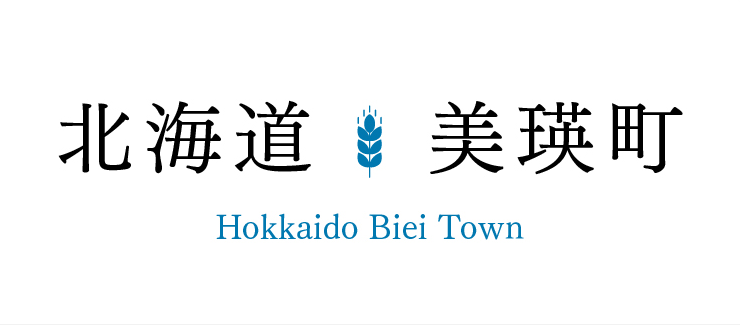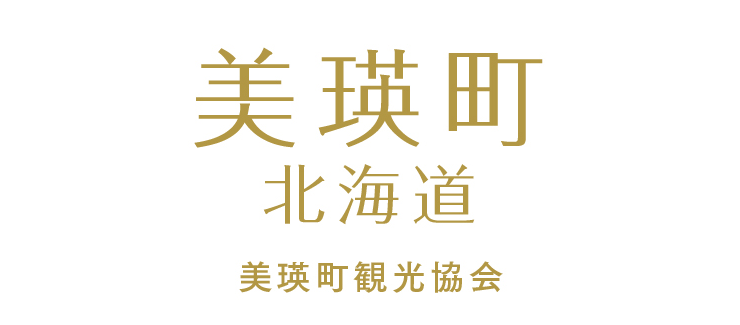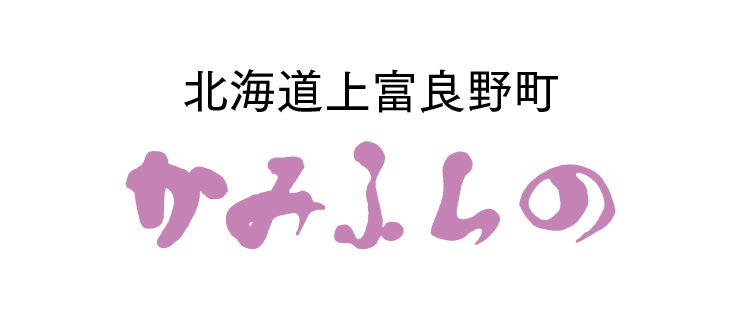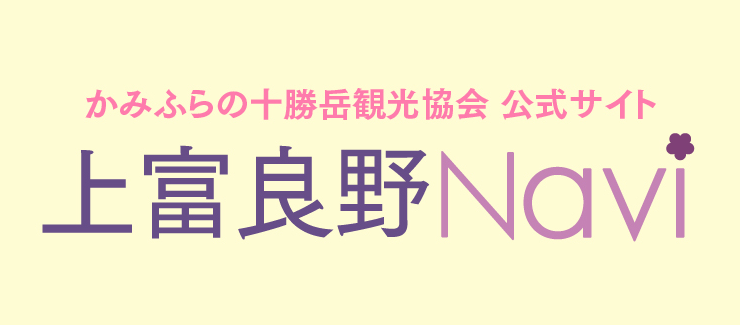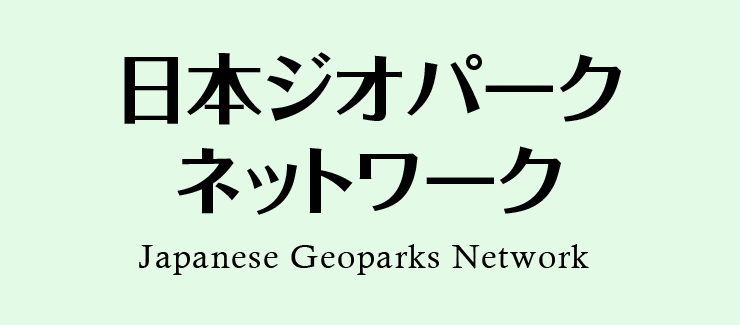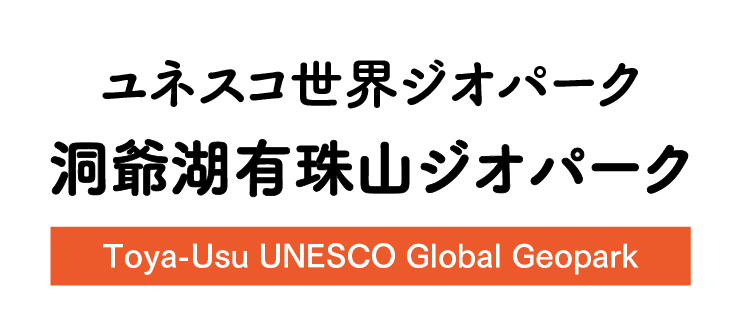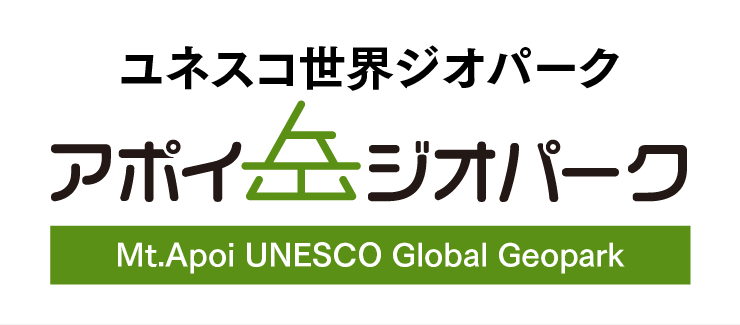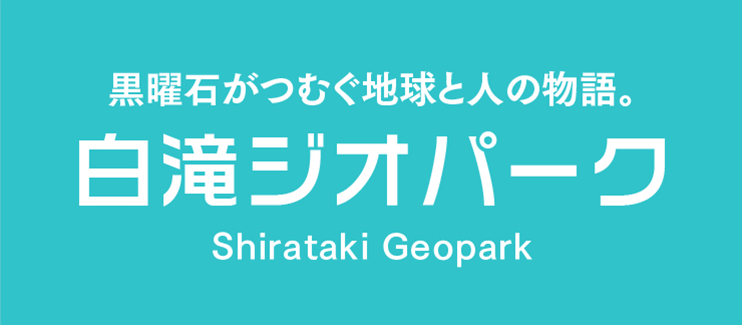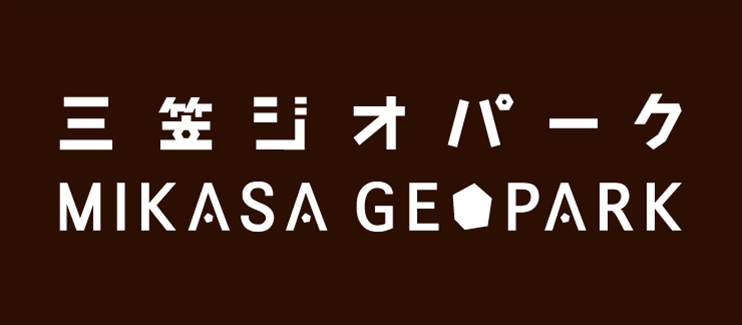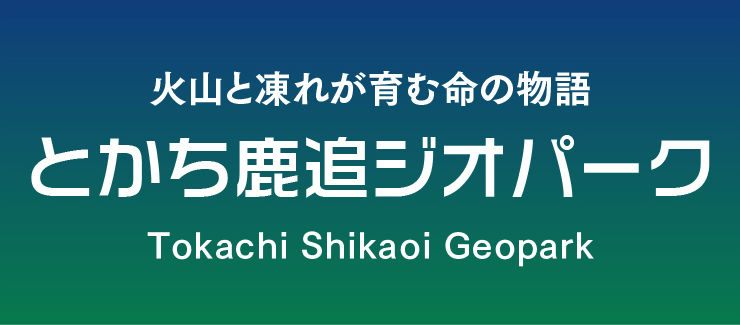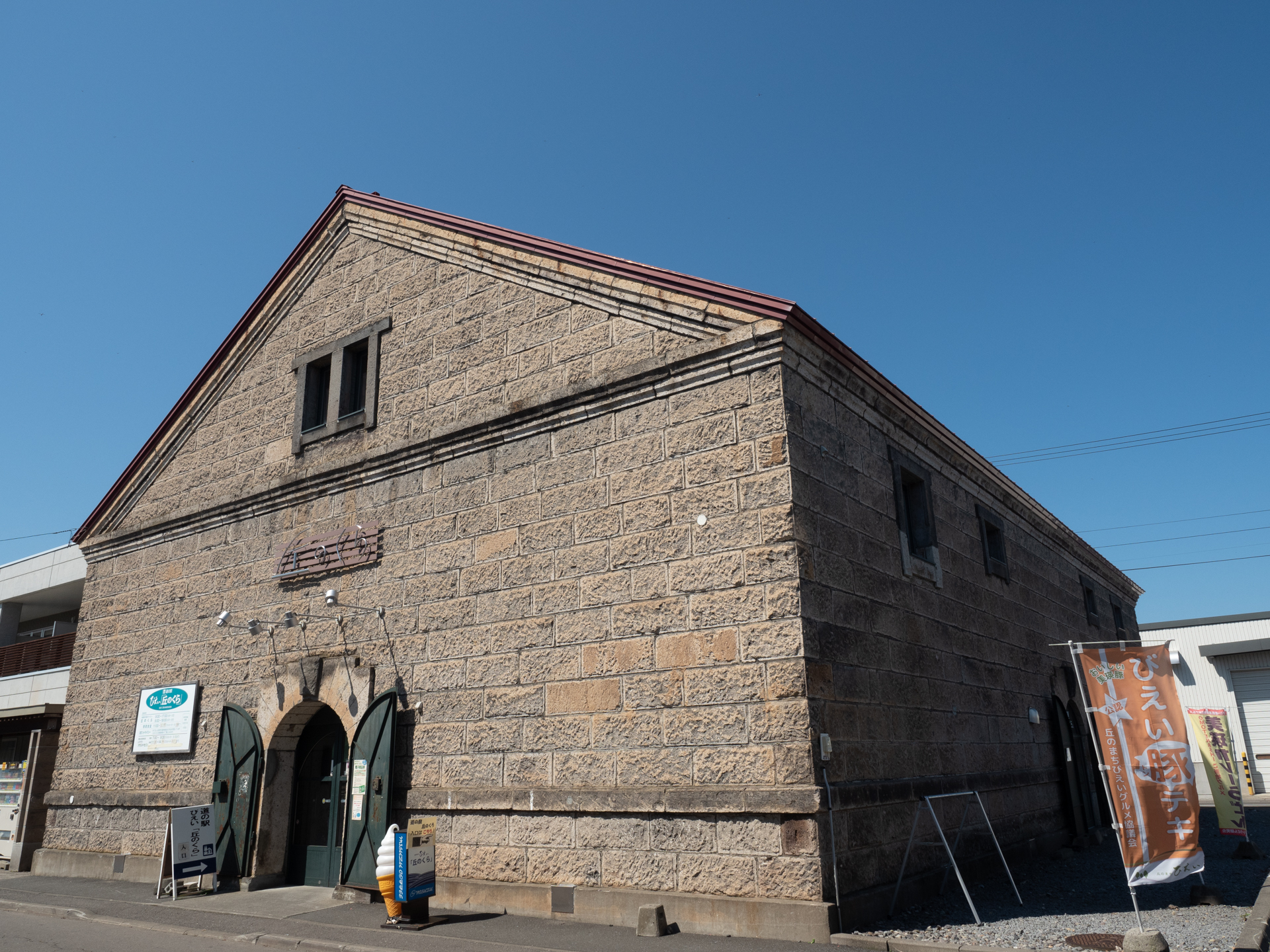
202
‘Okanokura’ (Literally ‘Hill Warehouse’)
The 'Okanokura' Roadside Station was originally built, using Biei Soft Stone, as a storehouse for grains, during the Taisho Period. It was later renovated for its present purpose.
Here, you can sense a bit of history, dating back from when 'Biei Town' was still called 'Biei Village.'
The interior was constructed from Larch (Larix kaempferi) trees.
As with Biei Station, Biei Soft Stone was used for the outer walls.
Biei Soft Stone is known scientifically as 'Pyroclastic Flow Deposit,' or 'welded tuff.' The hills throughout Biei are made of the same material.
Biei Soft Stone, also known as 'Biei Stone,' was first used in 1903, to build a 'Ho-an-den' (a small shrine-like building which housed a photograph of the Emperor and Empress together with a copy of the Imperial Rescript on Education, in pre-1945 Imperial Japan).
Hayakawa Toyokichi, a stone mason, took notice of the abundance of Biei Stone, and from 1906, began to mine it actively.
Biei Soft Stone is not only beautiful, but easy to process. Therefore, it has been used for many purposes, throughout Hokkaido.
Although Biei Soft Stone has not been mined since 1969, it is still used in town development, often being repurposed from various old buildings.
Here, you can sense a bit of history, dating back from when 'Biei Town' was still called 'Biei Village.'
The interior was constructed from Larch (Larix kaempferi) trees.
As with Biei Station, Biei Soft Stone was used for the outer walls.
Biei Soft Stone is known scientifically as 'Pyroclastic Flow Deposit,' or 'welded tuff.' The hills throughout Biei are made of the same material.
Biei Soft Stone, also known as 'Biei Stone,' was first used in 1903, to build a 'Ho-an-den' (a small shrine-like building which housed a photograph of the Emperor and Empress together with a copy of the Imperial Rescript on Education, in pre-1945 Imperial Japan).
Hayakawa Toyokichi, a stone mason, took notice of the abundance of Biei Stone, and from 1906, began to mine it actively.
Biei Soft Stone is not only beautiful, but easy to process. Therefore, it has been used for many purposes, throughout Hokkaido.
Although Biei Soft Stone has not been mined since 1969, it is still used in town development, often being repurposed from various old buildings.

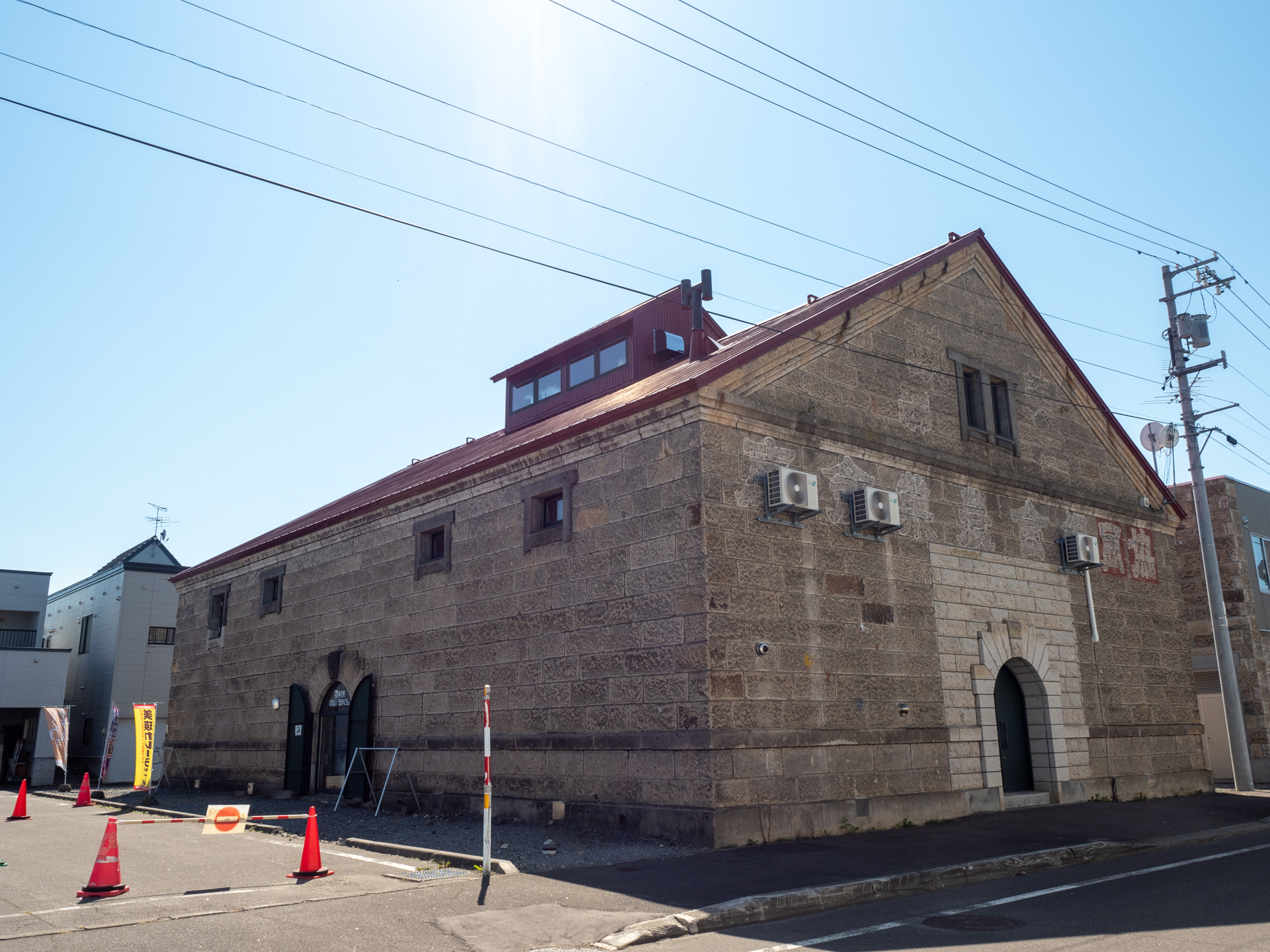
| Address | 1, Moto-machi, Biei town, Kamikawa county, Hokkaido. |
|---|---|
| Access | By JR Furano Line.3 minute walk from “Biei” station. |
| Coordinates | 43.591963, 142.464096 |
| Entry | ○ |
| Public lavatory | ○ Accessible restroom |
| Open | Open: 9:00 am Close: 5:00 pm (6/1 to 8/31 6:00 pm) |
| Close | Closed: 12/31 to 1/3 |
| Parking space | ○ Free parking |
| Information | 道の駅びえい(外部サイト) https://biei-info.jp |






